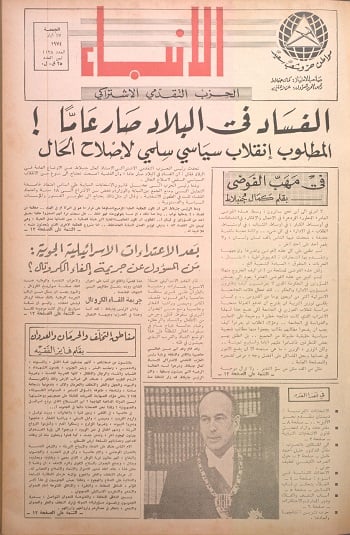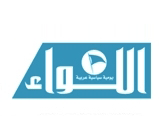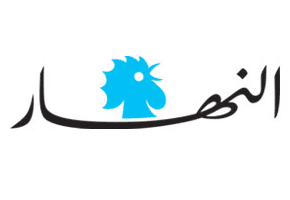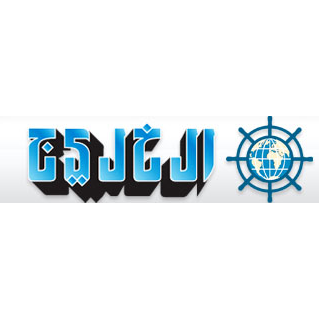Yemen’s civil war Raising the stakes
The Economist
8 أغسطس 2015

THE civil war in Yemen, in which a Saudi-backed coalition has been battling Iranian-supported Houthi rebels, took a new twist this week. On August 2nd the coalition landed at least one armoured brigade at the southern port of Aden. According to reports, the 3,000-strong combined Saudi and UAE force, equipped with French Leclerc main battle tanks, Russian BMD-3 infantry fighting vehicles and American mine-resistant troop carriers, then set off for the Houthi-held military base at al-Anad, some 40 miles (65km) to the north.
Two days later, bombarded from the air and heavily outgunned, the Houthis had fled into the surrounding hills and pro-government forces were back in charge of the strategically important base from which America had until recently flown drone strikes against al-Qaeda in the Arabian Peninsula (AQAP). The fall of al-Anad follows the expulsion of Houthi rebels from Aden two weeks earlier. Al-Anad is the biggest air base in Yemen and, once repaired, can be used by Saudi and UAE transport aircraft and fighter-bombers to widen the scope of the offensive and drive the Houthis out of much of the south.
Despite official claims that the Saudi and UAE forces are only there to help train local anti-Houthi fighters, there is little doubt that the high-tech weaponry is being operated by professionals. They are being helped by tribal fighters who support the internationally-backed government that the Houthis drove out. They know the territory and can hold ground once it has been taken. But it now looks as if the coalition has decided that only well-equipped regular forces and commandos can bring the campaign against the Houthis to a conclusion.
This is both a major escalation and a military gamble. While the Houthi insurgents have nowhere near the quantity or quality of weaponry now being deployed against them, the history of conventional foreign forces fighting in conditions of chaotic irregular warfare is not encouraging. Early gains are all too often followed by military stalemate and quagmire.
Another unknown is how the Houthis’ Iranian backers will respond if their clients are seen to be facing defeat. Iran, whose involvement is anyway limited, can do little to resupply the Houthis, whose airports have been bombed and ports blockaded. Besides, it is already fully stretched in its fight against Islamic State in Iraq and Syria; this is not the moment to turn a small-scale proxy war into an open conflict with the Gulf Arabs.
Even if the Iranians show restraint, the Saudi coalition could get itself into trouble in other ways. It has made some unlikely allies in its effort to crush the Houthis in the form of al-Qaeda and the Muslim Brotherhood, which is treated with suspicion at home. Friends like that also call into question the continued support of the Americans, who consider AQAP the most deadly al-Qaeda franchise, and Egypt’s President, Abdel-Fattah al-Sisi, who regards the Brotherhood as a much greater threat than the Houthis. With the humanitarian situation in Yemen also increasingly desperate, the chances of anyone emerging a winner from the conflict are remote.
 عن أمل جنبلاط المتجدد: لبنان يستحق النضال
عن أمل جنبلاط المتجدد: لبنان يستحق النضال
 صحافيون أم عرّافون!
صحافيون أم عرّافون!
 ماذا يجري داخل أروقة بيت الكتائب المركزي؟
ماذا يجري داخل أروقة بيت الكتائب المركزي؟


 عن الخرائط التي تُرسم والإتفاقات التي تتساقط!
عن الخرائط التي تُرسم والإتفاقات التي تتساقط!
 “الإنحراف في الحياة”/ بقلم كمال جنبلاط
“الإنحراف في الحياة”/ بقلم كمال جنبلاط
 هاشتاغ #صار_الوقت يحل أولاً في حلقة جنبلاط
هاشتاغ #صار_الوقت يحل أولاً في حلقة جنبلاط
 طاولة نقاش عن أزمة الصحافة في جامعة AUST
طاولة نقاش عن أزمة الصحافة في جامعة AUST
 عبدالله: ليظهر لنا وزير مكافحة الفساد حرصه في صفقات البواخر والفيول
عبدالله: ليظهر لنا وزير مكافحة الفساد حرصه في صفقات البواخر والفيول
 عبدالله: غريب أمر وزارة مكافحة الفساد!
عبدالله: غريب أمر وزارة مكافحة الفساد!

 Comment to Uri Avnery: How Sad What Is Looming Ahead
Comment to Uri Avnery: How Sad What Is Looming Ahead
 “Not Enough!”
“Not Enough!”
 … لمن لم يقرأ يوسف البعيني/ بقلم وسام شيّا
… لمن لم يقرأ يوسف البعيني/ بقلم وسام شيّا
 كمال جنبلاط في مولده الأول بعد المائة: تعاليمه وأفكاره ما زالت الحلّ/بقلم عزيز المتني
كمال جنبلاط في مولده الأول بعد المائة: تعاليمه وأفكاره ما زالت الحلّ/بقلم عزيز المتني
 رئيس حزب/ وليس (… سابقاً)/ بقلم د. خليل احمد خليل
رئيس حزب/ وليس (… سابقاً)/ بقلم د. خليل احمد خليل
 التوازن السياسي في لبنان
التوازن السياسي في لبنان
 لبنان… مشاريع انقلابية مؤجلة
لبنان… مشاريع انقلابية مؤجلة
 جنبلاط وحَمَلة أختام الكاوتشوك
جنبلاط وحَمَلة أختام الكاوتشوك
 Le Liban est un symbole de tolérance
Le Liban est un symbole de tolérance
 Our Automated Future
Our Automated Future
 The True Origins of ISIS
The True Origins of ISIS
 Les Misérables vs. Macron
Les Misérables vs. Macron
 عذراً أيها المعلم/ بقلم مهج شعبان
عذراً أيها المعلم/ بقلم مهج شعبان
 رساله الى المعلم / بقلم ابو عاصم
رساله الى المعلم / بقلم ابو عاصم
 إلى روح القائد والمعلم كمال جنبلاط/ بقلم أنور الدبيسي
إلى روح القائد والمعلم كمال جنبلاط/ بقلم أنور الدبيسي
 أسرار وعناوين الصحف ليوم الجمعة 14 كانون الاول 2018
أسرار وعناوين الصحف ليوم الجمعة 14 كانون الاول 2018














